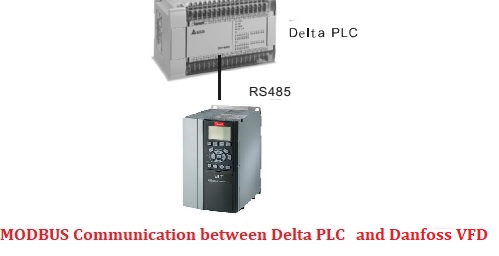Ethernet Communication

- What is Ethernet?
Answer: Ethernet is a family of computer networking technologies commonly used in local area networks (LANs) and wide area networks (WANs). It uses a packet-based communication protocol to transmit data over a physical network link.
- What are the common speeds of Ethernet?
Answer: The common speeds of Ethernet are 10 Mbps, 100 Mbps, 1 Gbps, and 10 Gbps.
- What is the maximum length of an Ethernet cable?
Answer: The maximum length of an Ethernet cable is 100 meters for a Cat5 cable and 10 Gbps Ethernet.
- What is the difference between a hub and a switch?
Answer: A hub is a simple networking device that connects multiple Ethernet devices together and broadcasts incoming data to all connected devices. A switch is a more advanced networking device that connects multiple Ethernet devices together and forwards data to the specific destination device based on the MAC address.
- What is the difference between a router and a switch?
Answer: A router is a networking device that connects multiple networks together and directs data between them based on IP addresses. A switch is a networking device that connects multiple Ethernet devices together and forwards data to the specific destination device based on the MAC address.
- What is the difference between a LAN and a WAN?
Answer: A LAN is a local area network that connects devices in a small geographical area such as a home or office. A WAN is a wide area network that connects devices over a larger geographical area such as a city or country.
- What is a MAC address?
Answer: A MAC address, or Media Access Control address, is a unique identifier assigned to every network interface on a device. It is used to identify the device on a network.
- What is the purpose of a VLAN?
Answer: A VLAN, or Virtual LAN, is a logical grouping of devices on a network. VLANs are used to segment a network into smaller, more manageable parts, and to improve security and performance.
- What is the purpose of a DHCP server?
Answer: A DHCP server is a networking service that automatically assigns IP addresses and other network configuration information to devices on a network.
- What is the purpose of a DNS server?
Answer: A DNS server is a service that translates domain names into IP addresses. It allows users to access websites and other resources using a human-readable domain name instead of an IP address.
- What is the purpose of a gateway?
Answer: A gateway is a networking device that connects different networks together and directs data between them.
- What is the purpose of a VPN?
Answer: A VPN, or Virtual Private Network, is a secure, encrypted connection between two networks or between a device and a network. It is used to extend a private network across a public network, such as the internet.
- What is the purpose of an access point?
Answer: An access point is a networking device that allows wireless devices to connect to a wired network.
- What is the difference between a wired and wireless network?
Answer: A wired network uses physical cables to connect devices together, while a wireless network uses radio waves to connect devices together.
- What is the difference between a public and private IP address?
Answer: A public IP address is an IP address that is publicly visible on the internet, while a private IP address is an IP address that is only visible on a private network.
- What is the difference between IPv4 and IPv6?
Answer: IPv4 is the fourth version of the Internet Protocol and it is a 32-bit addressing system, which means it can support a maximum of 4.3 billion unique addresses. IPv6 is the latest version of the Internet Protocol and it is a 128-bit addressing system, which means it can support a virtually unlimited number of unique addresses.
- What is ARP and what is it used for?
Answer: ARP, or Address Resolution Protocol, is a networking protocol used to map a network address (such as an IP address) to a physical address (such as a MAC address). It is used to identify the physical address of a device on a network.
- What is the difference between a collision domain and a broadcast domain?
Answer: A collision domain is a network segment in which data packets can collide with each other if they are transmitted at the same time, while a broadcast domain is a network segment in which broadcast packets are sent to all devices. Switches and routers can be used to segment a network into multiple collision domains and broadcast domains to improve network performance and security.
- What is the purpose of a network sniffer?
Answer: A network sniffer is a tool that captures and analyzes network traffic. It is used to troubleshoot network issues, detect security threats, and monitor network performance.
- What is the purpose of a firewall?
Answer: A firewall is a security system that monitors and controls incoming and outgoing network traffic. It is used to block unauthorized access to a network and to protect against network-based attacks.





